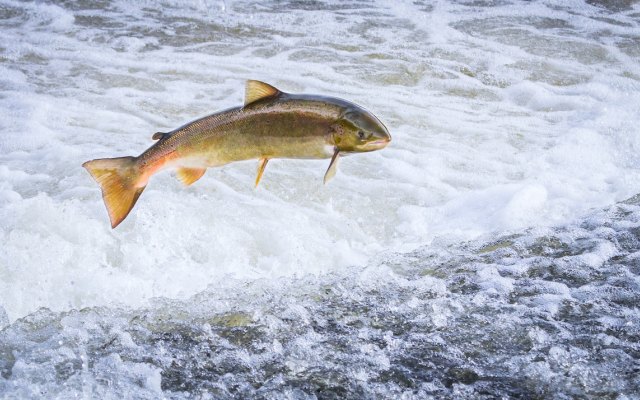Views
Thirty years on, what has water privatisation achieved?
The water industry in England has been transformed since privatisation 30 years ago. It’s easy to forget how bad things were, so it’s worth reminding ourselves.
After decades of underinvestment by successive governments water quality was poor, rivers were polluted, and our beaches were badly affected by sewage. Quite simply, the water industry was not high up the list of priorities for Ministers when its funding came out of the same pot as the money for schools, hospitals and police officers.
But since privatisation, investment of nearly £160 billion has seen a strong and steady improvement in the industry, with customers now enjoying access to world-class drinking water. In addition, leakage is down by a third since the mid-1990s, two thirds of beaches are now classed as excellent compared with less than a third 25 years ago, and wildlife has returned to rivers that had been biologically dead since the Industrial Revolution.
At around £1 a day, average bills are broadly the same as 20 years ago once inflation is taken into account, and according to Ofwat they are around £120 less than they would have been without privatisation and tough independent regulation. Customer satisfaction levels for water and sewerage services are around 90%, and there are high levels of trust in water companies.
These successes have taken a lot of determination. We don’t want to see things start going backwards – indeed, we want to go even further. Individual company five-year business plans submitted last September set out proposals to 2025, summarised (for companies in England) in Water UK's ‘Manifesto for Water.'
Those proposals included some £50 billion on improved services and the most ambitious industry leakage reduction programme in 20 years - as well as cleaning up 8,000km of rivers and a real-term reduction in bills. But our ambitions don’t stop there.
In April, water companies in England set out how they intend to complement their business plans in tackling wider social and environmental challenges with the release of our ‘Public Interest Commitment.' This set out a desire to work towards five challenging longer-term, broader goals to reduce leakage and promote social and environmental progress.
Thirty years is a long time. It’s understandable that people forget what the English water industry was like back then - starved of funding, failing to deliver a good service and damaging the environment. And it’s understandable that people don’t automatically know how much has changed over the years. That’s why it’s important for the water industry to point out the successes of the last three decades. Companies have been at the forefront of a remarkable turnaround, achieved within a robust framework overseen by a trio of independent regulators. The alternative – nationalisation - carries great risk, and at great cost to water quality, taxpayers and the environment.
We have some big challenges ahead, such as making sure we can provide enough water to a growing population at the same time as our climate is changing. The English water industry is up to meeting these challenges, looking to the future. Privatisation has been working for water and will continue working for many years to come.





